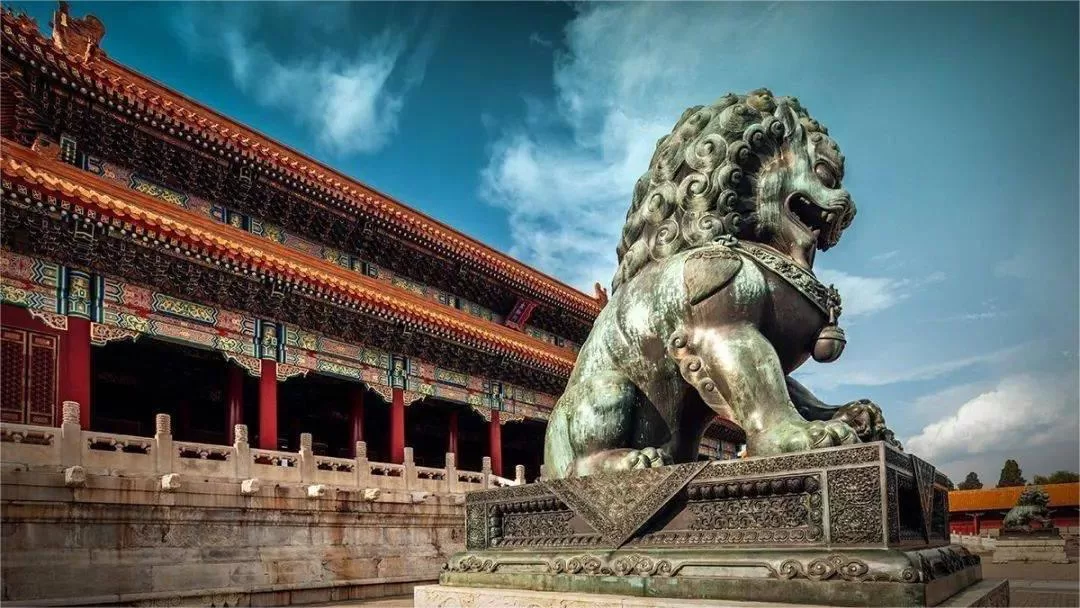The Forbidden City, also known as the Palace Museum, is a cultural icon and historical landmark located in the heart of Beijing, China. Its grand architecture and lavish decoration contain a wealth of symbolic meaning that reflects the values and beliefs of Chinese culture. Here are some of the most important symbols found in the Forbidden City.
Yellow
Yellow is one of the most important colors in the Forbidden City. In ancient China, yellow was regarded as the imperial color and reserved exclusively for the emperor. The color represents the supreme power and authority of the emperor. The palace walls, roofs, and tiles are predominantly yellow, indicating that the emperor was at the center of the universe and held complete authority over the empire.
Dragons
The dragon is a mythical creature that has been associated with the emperor and imperial power in China for centuries. The dragon appears on many of the palace decorations, including the roof ridges, doors, and carvings. It symbolizes power, strength, and good fortune and is believed to bring good luck and prosperity to the emperor and the country.
Number Nine
The number nine is a symbol of supreme power and authority in Chinese culture. The Forbidden City is arranged in a symmetrical pattern with nine halls and palaces on the central axis. The throne in the Hall of Supreme Harmony, where the emperor held court, is also elevated nine steps above the ground. This arrangement reflects the importance of the number nine in the imperial hierarchy.
North-South Axis
The Forbidden City’s layout has symbolic significance. It is arranged in a north-south axis with the main entrance facing south. This reflects the traditional Chinese belief in the importance of aligning with the forces of nature and the universe. The north-south axis also symbolizes the emperor’s central role in the empire and the imperial family’s connection to heaven and earth.
Animal Statues
Animal statues are another important symbol found in the Forbidden City. The animals guarding the palace gates, such as lions and elephants, represent strength and power. The animals on the roofs of the buildings, such as dragons and phoenixes, are believed to bring good luck and prosperity. These animal statues serve to protect the palace and reinforce the importance of the emperor’s power.
Roof Tiles
The patterns on the roof tiles in the Forbidden City have symbolic meanings as well. They often feature the dragon, phoenix, and other auspicious symbols. The patterns also contain hidden messages that reinforce the emperor’s power and authority. For example, the pattern of a double cross is a symbol of imperial power, while the pattern of a bat is a symbol of good fortune.
Conclusion
In conclusion, the Forbidden City is a treasure trove of symbolic meaning that reflects the values and beliefs of Chinese culture. The colors, animals, patterns, and layout all serve to reinforce the emperor’s power and authority and connect the imperial family to heaven and earth.
Other facts about the Forbidden City
- Facts about the Cold Palace in Forbidden City
- How long did it take to build the forbidden city?
- The differences between Temple of Heaven and Forbidden City
- Architectures and their styles in the Forbidden City
- Forbidden City and Versailles – Similarities and Differences
- How did the Forbidden City get its name?
- How many buildings are there in the Forbidden City
- How many emperors lived in the Forbidden City
- Why is the Forbidden City important?
- When was the Forbidden City built?


